
The Sun-cross - Արևախաչ
The Armenian eternity symbol, also known as the “Arevakhach” or “sun cross,” is a significant national symbol representing eternity and the eternal motion of life, found in Armenian architecture, art, and jewelry.
Here’s a more detailed look:
- Meaning and Significance:
The Arevakhach symbolizes eternity, the idea of everlasting celestial life, and the eternal motion of life.
- Appearance:
It’s a cross-like symbol with curved ends, often depicted on khachkars (stone crosses), church walls, and other architectural elements.
- Historical Context:
The symbol has a long history in Armenian culture, appearing in various forms and contexts, including petroglyphs dating back to 8,000 – 5,000 BC.
- Other Names:
It’s also referred to as “Vahagnakhach,” “Battle cross,” and “Kerkhach”.
- Modern Usage:
The Arevakhach continues to be a prominent symbol of Armenian identity and culture, used in jewelry, clothing, and other forms of art.
- Examples of its usage:
- Khachkars:The symbol is frequently found on khachkars, which are memorial stones often richly decorated with intricate carvings.
- Architecture:It can be seen on church walls, pillars, and other architectural structures.
- Miniatures and Frescoes:The symbol appears in Armenian miniatures, frescoes, and illuminated manuscripts.
- Jewelry:The Arevakhach is a popular motif in Armenian jewelry, often used in pendants, necklaces, and bracelets.
- Everyday Life:The symbol can also be found on carpets, household items, and other everyday objects.

